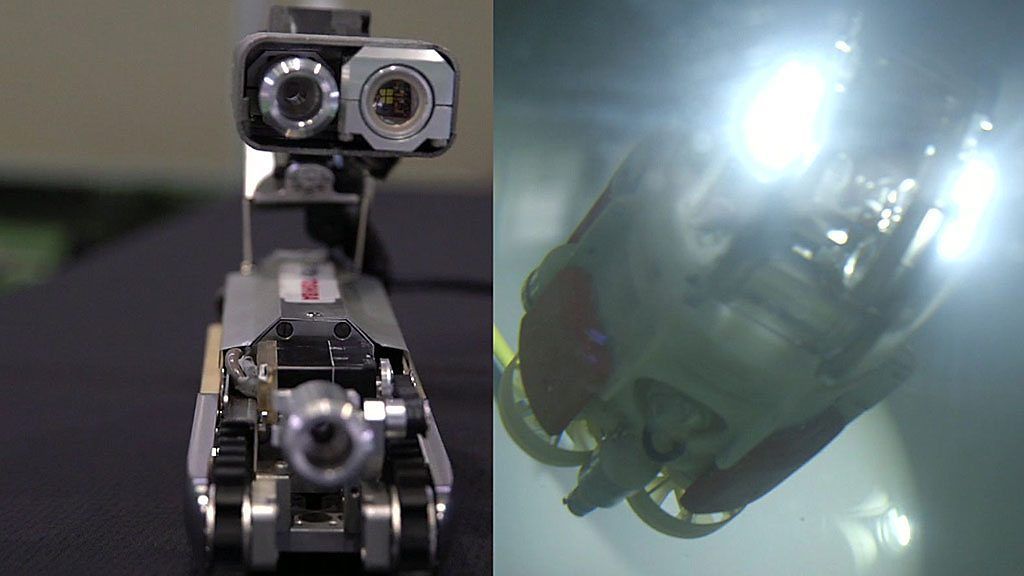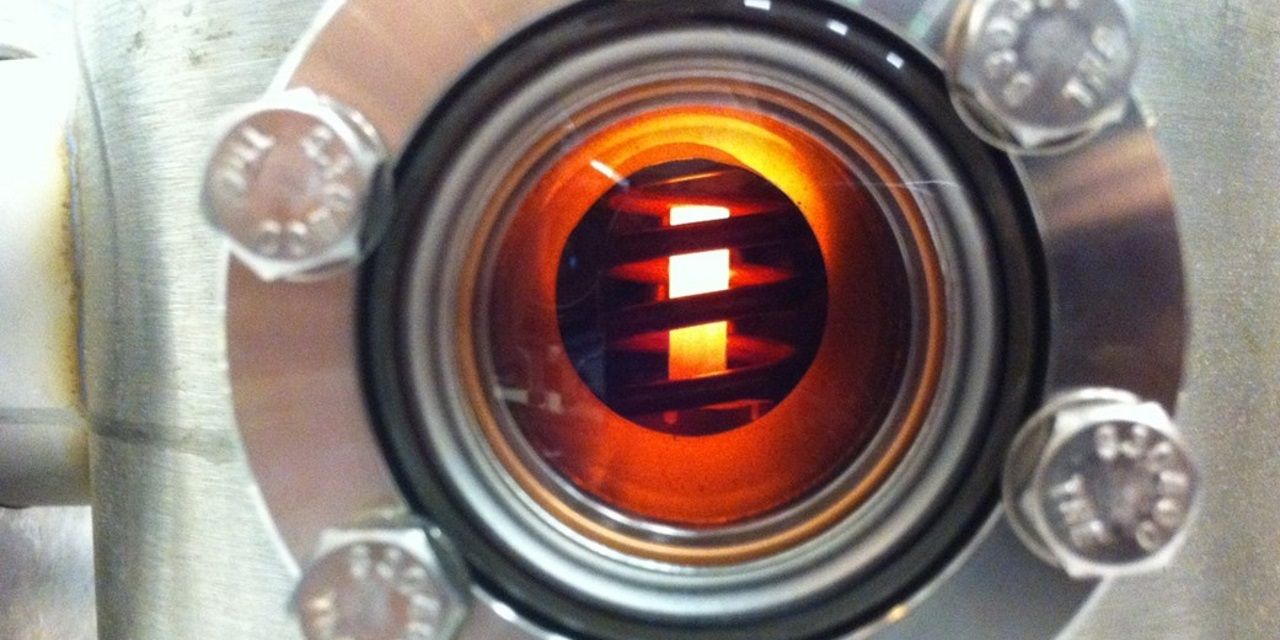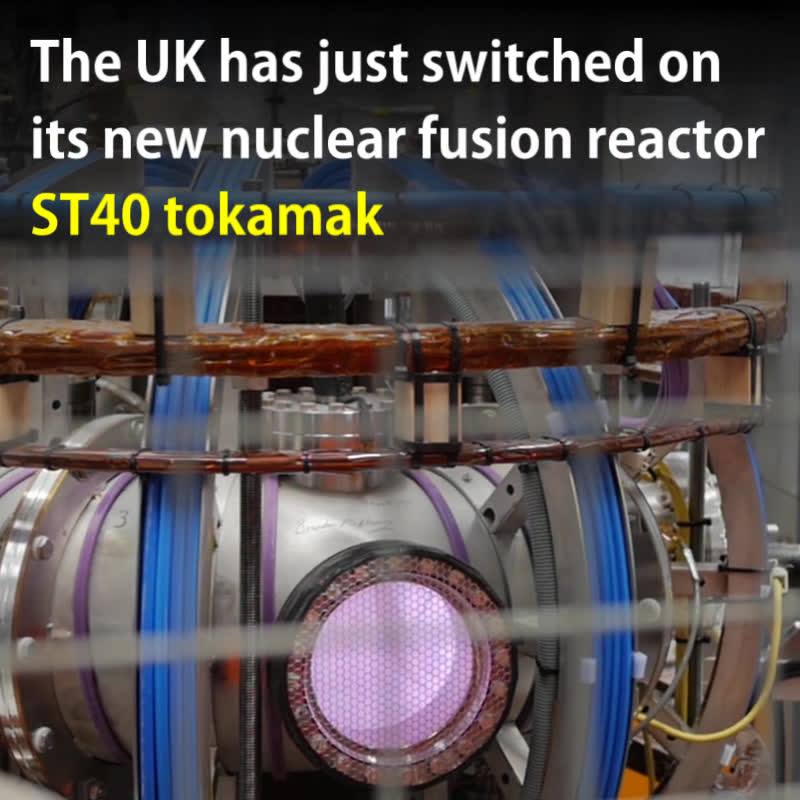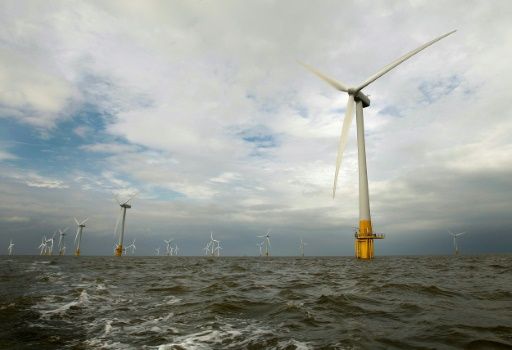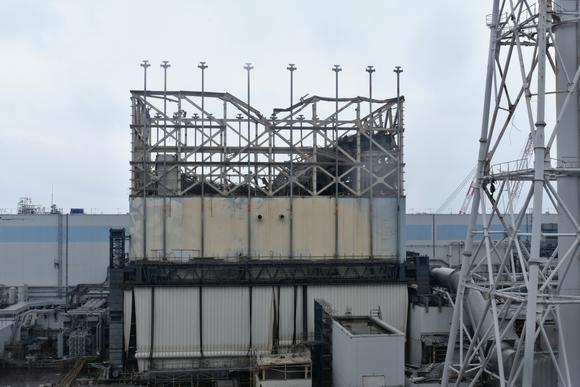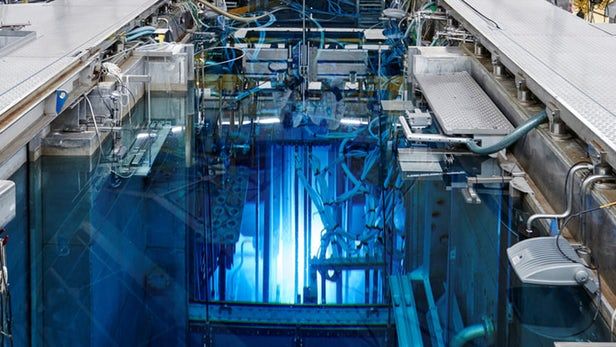Archive for the ‘nuclear energy’ category: Page 123
Nov 6, 2017
“Quark Fusion” Produces Eight Times More Energy Than Nuclear Fusion
Posted by Klaus Baldauf in categories: nuclear energy, particle physics
Researchers, building on findings from work involving the Large Hadron Collider, have found a theoretical new form of energy: quark fusion.
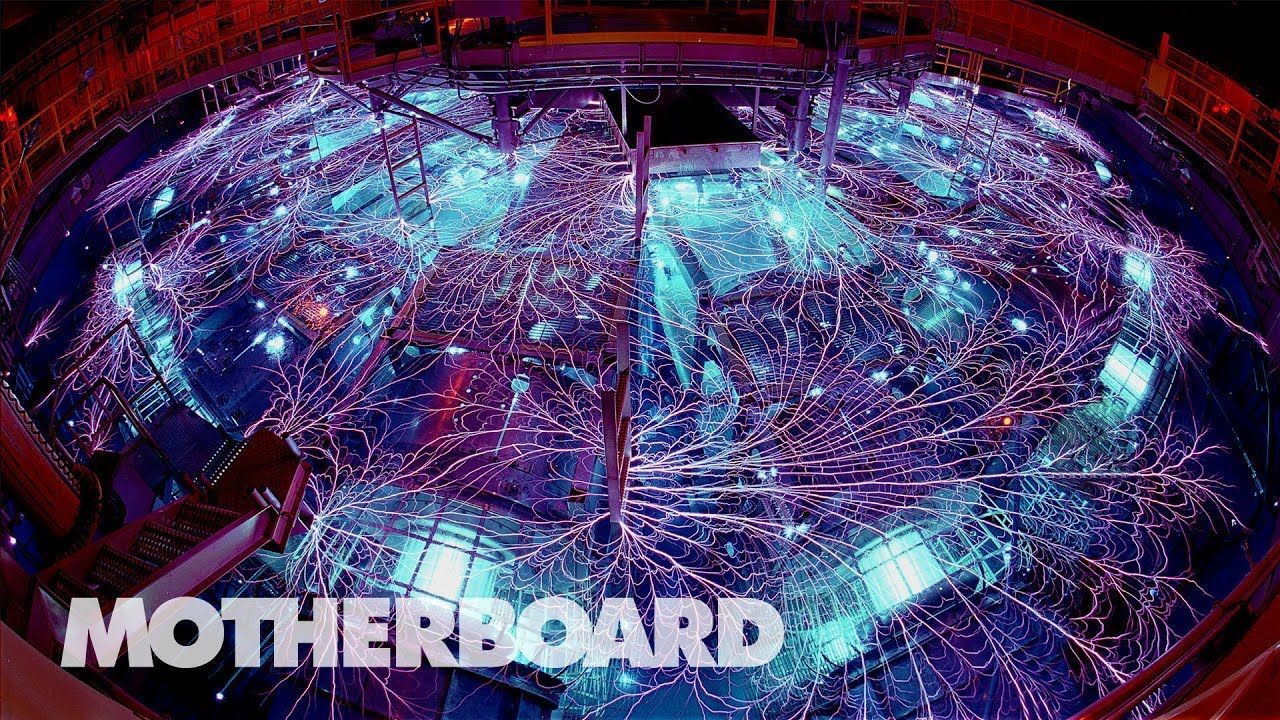
If the processes powering the fusion reactor at the Sun’s core could be recreated on Earth, it would be one of the most important events in the history of our species. Nuclear fusion power plants could end our dependency on fossil fuels and provide a virtually limitless, highly efficient source of clean energy.
We went to two of the world’s leading nuclear fusion research centers—Sandia National Labs in New Mexico and General Fusion outside Vancouver—to see how close we are to bringing the power of the stars down to Earth.
Oct 31, 2017
The robots helping to clear up Fukushima
Posted by Dan Kummer in categories: nuclear energy, robotics/AI
Robots have become central to the cleaning-up operation at Japan’s Fukushima nuclear power plant, six years after the tsunami that triggered the nuclear meltdown.
It is estimated that around 600 tonnes of toxic fuel may have leaked out of the reactor during the incident.
The Tokyo Electric Power Company is using a variety of robots to explore areas too dangerous for people to go near.
Continue reading “The robots helping to clear up Fukushima” »
Oct 9, 2017
NASA contracts energy firm to refine nuclear thermal propulsion concepts
Posted by Klaus Baldauf in categories: government, nuclear energy, space travel
As the U.S. government continues to pursue plans for a crewed mission to Mars, NASA has contracted with BWXT Nuclear Energy Inc. of Lynchburg, Virginia, to advance concepts in Nuclear Thermal Propulsion (NTP), which could drastically reduce travel times to Mars.
This is part of NASA’s Game Changing Development Program, which takes ideas from academia and industry as well as NASA and other government programs, to advance new approaches to space technologies to accommodate the changing needs of U.S. space efforts.
NTP is not a new concept, but it was abandoned in 1972 when plans for a Mars mission were shelved. NASA conducted ground tests since 1955 to determine the viability of NTP and has occasionally been revisited as a conceptual part of Mars mission feasibility studies.
Continue reading “NASA contracts energy firm to refine nuclear thermal propulsion concepts” »
Sep 15, 2017
A nuclear fusion reactor has been successfully tested in the UK
Posted by Shailesh Prasad in category: nuclear energy
Sep 11, 2017
UK wind electricity cheaper than nuclear: data
Posted by Saúl Morales Rodriguéz in categories: business, nuclear energy, sustainability
The price of electricity from offshore wind in Britain has dipped below the level guaranteed to Hinkley Point, raising questions about the construction of the vast nuclear power station.
The Department for Business, Energy and Industrial Strategy disclosed Monday the results of auctions for state subsidies for three new wind offshore farms.
Denmark’s DONG Energy won the auction to build Hornsea Two, which will become the world’s biggest offshore wind farm off the coast of Yorkshire in northern England.
Aug 27, 2017
‘Muscle robots’ being developed to remove debris from Fukushima reactors
Posted by Dan Kummer in categories: engineering, nuclear energy, robotics/AI
TOKYO — A joint venture between Japanese and American high-technology power houses Hitachi and General Electric is developing special robots for removing nuclear debris from the Fukushima Daiichi nuclear power plant, the most difficult task in decommissioning the plant’s six reactors, three of which suffered core meltdowns in the March 2011 accident.
The machines under development by Hitachi-GE Nuclear Energy are called “muscle robots,” as their hydraulic springs operate like human muscles. The company, based in Hitachi, Ibaraki Prefecture, is stepping up efforts to complete the development project in time for the start of debris removal in 2021.
Hitachi-GE is testing the arms of the robots at a plant of Chugai Technos, a Hiroshima-based engineering service company, located a 30-minute drive from the center of the city. The testing is taking place in a structure with a life-size model of the primary containment vessel of the No. 1 reactor at the Fukushima plant. The robots awkwardly move about, picking up concrete lumps standing in for fuel debris.
Continue reading “‘Muscle robots’ being developed to remove debris from Fukushima reactors” »
Aug 25, 2017
Thorium salt reactor experiments resume after 40 years
Posted by Klaus Baldauf in categories: futurism, nuclear energy
Scientists at the Nuclear Research and Consultancy Group (NRG) the Netherlands, are looking back to the 1970s to meet the energy needs of the future. For the first time since 1976, the NRG team is conducting experiments in thorium molten salt reactor technology that could lead to cleaner, safer nuclear reactors capable of supplying energy on a global scale.


